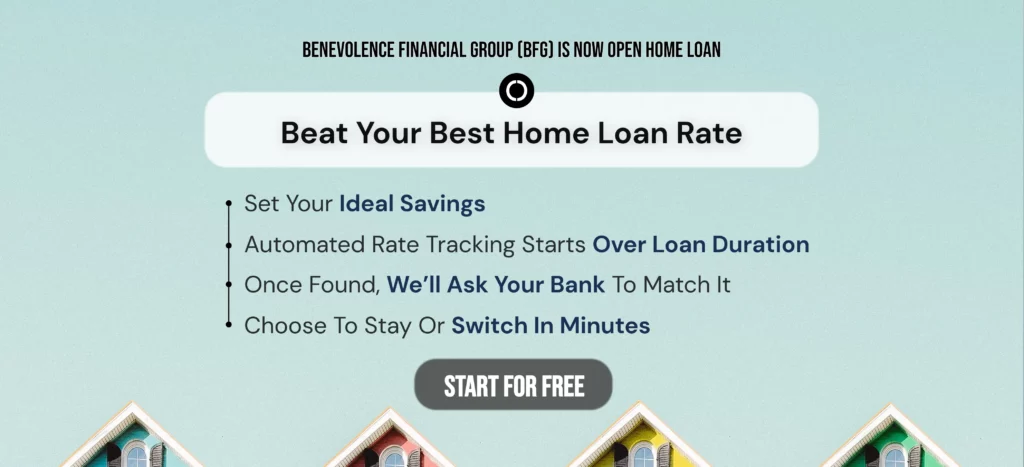- Rate-and-term refinance: This is the most common type of refinancing, in which you swap your existing mortgage for a new one with a lower interest rate or more favorable terms. This can help you reduce your monthly mortgage payments, save money on interest, and pay off your loan faster.
- Cash-out refinance: In a cash-out refinance, you borrow more than your existing mortgage balance and use the excess cash for other purposes, such as home renovations, debt consolidation, or investments. This can be a good option if you need to access cash for a specific purpose, but keep in mind that it may increase your overall debt and monthly mortgage payments.
- Line of credit (LOC) or home equity loan: With an LOC or home equity loan, you can borrow against the equity you’ve built up in your home. This type of refinancing can be a good option if you need access to cash for ongoing expenses, such as education or medical bills. However, keep in mind that you will be borrowing against the equity in your home, which may increase your overall debt and monthly mortgage payments.
- Split home loan: A split home loan allows you to divide your mortgage into multiple parts, with different interest rates and repayment terms. This can be a good option if you want to take advantage of both fixed and variable interest rates or have different repayment goals for different portions of your loan.
- Reverse mortgage: A reverse mortgage is a type of refinancing available to older Australians (usually over 60 years old) who own their home outright or have a low mortgage balance. With a reverse mortgage, you can borrow against the equity in your home and receive payments from the lender, either as a lump sum or a regular income stream. Keep in mind that this option may reduce the value of your estate and may have high fees and interest rates.

